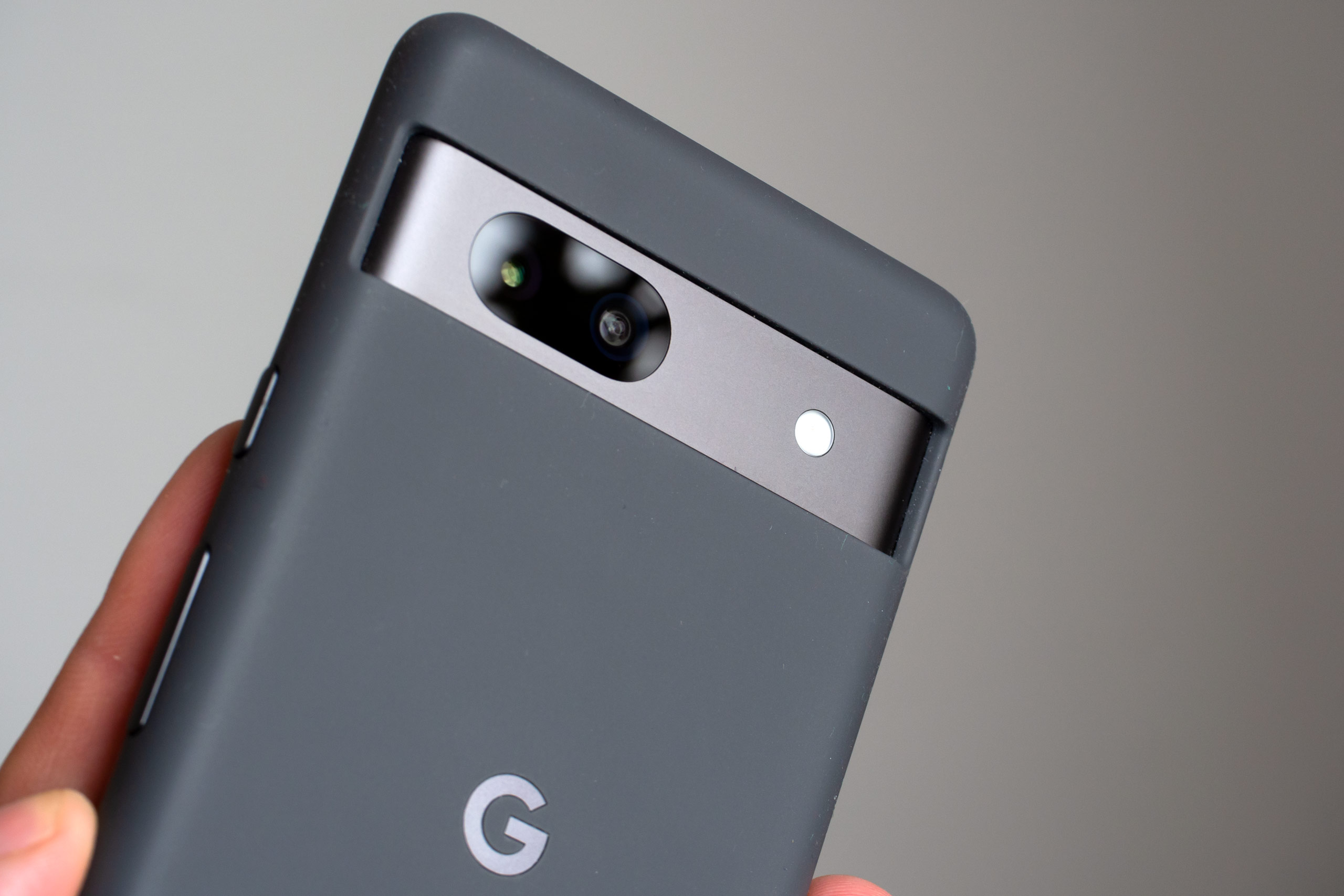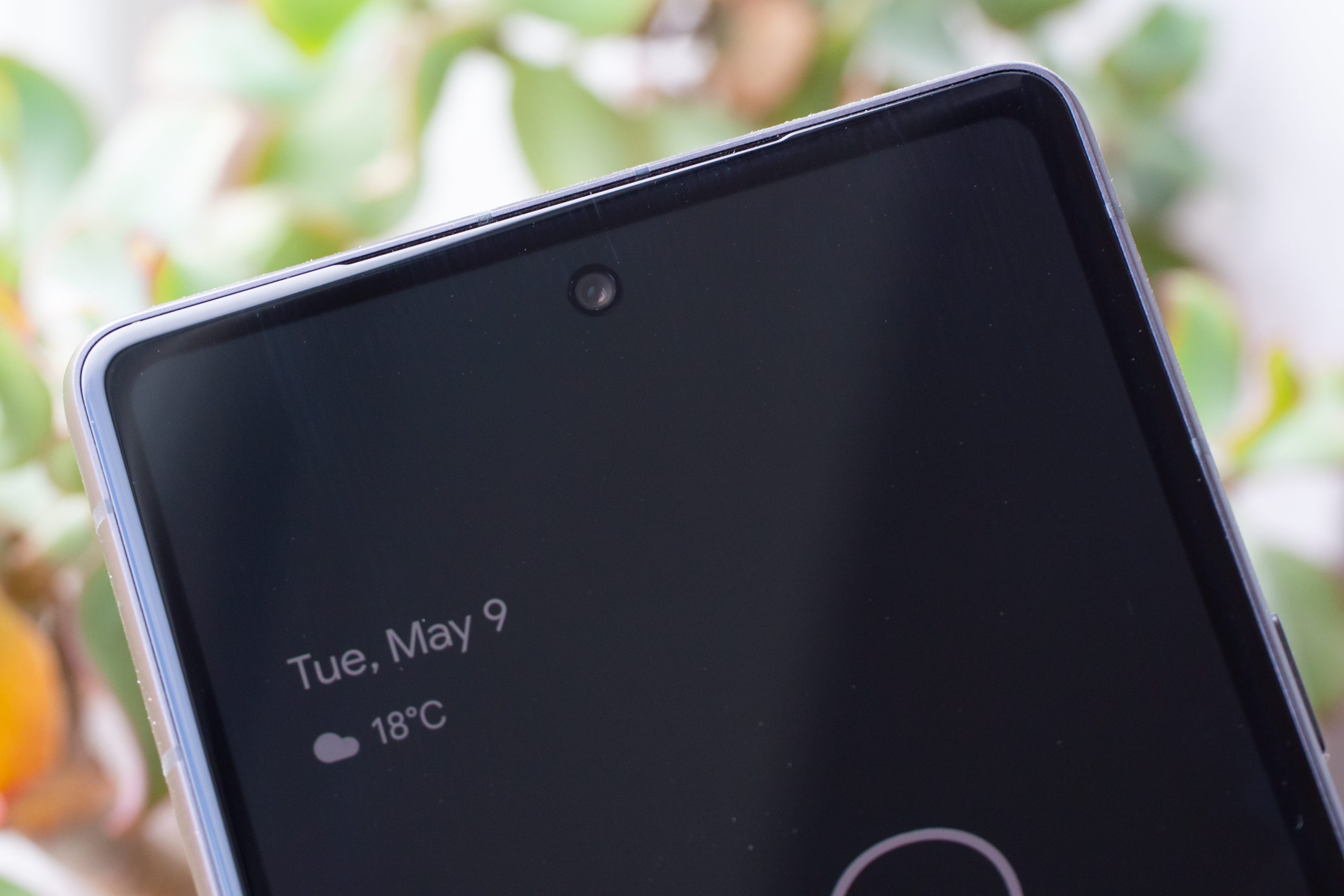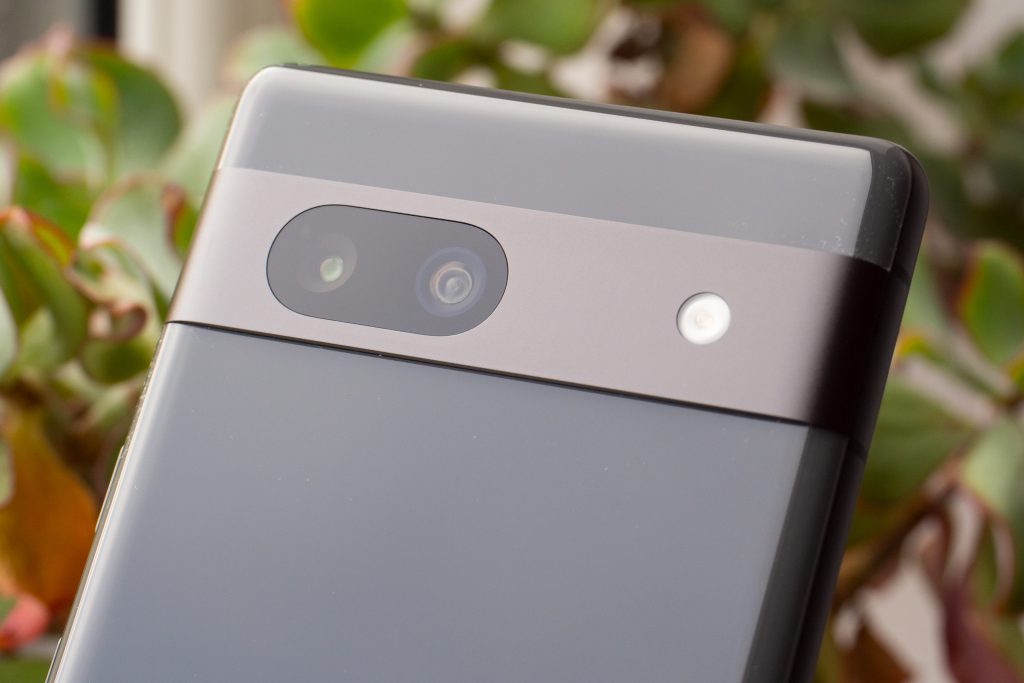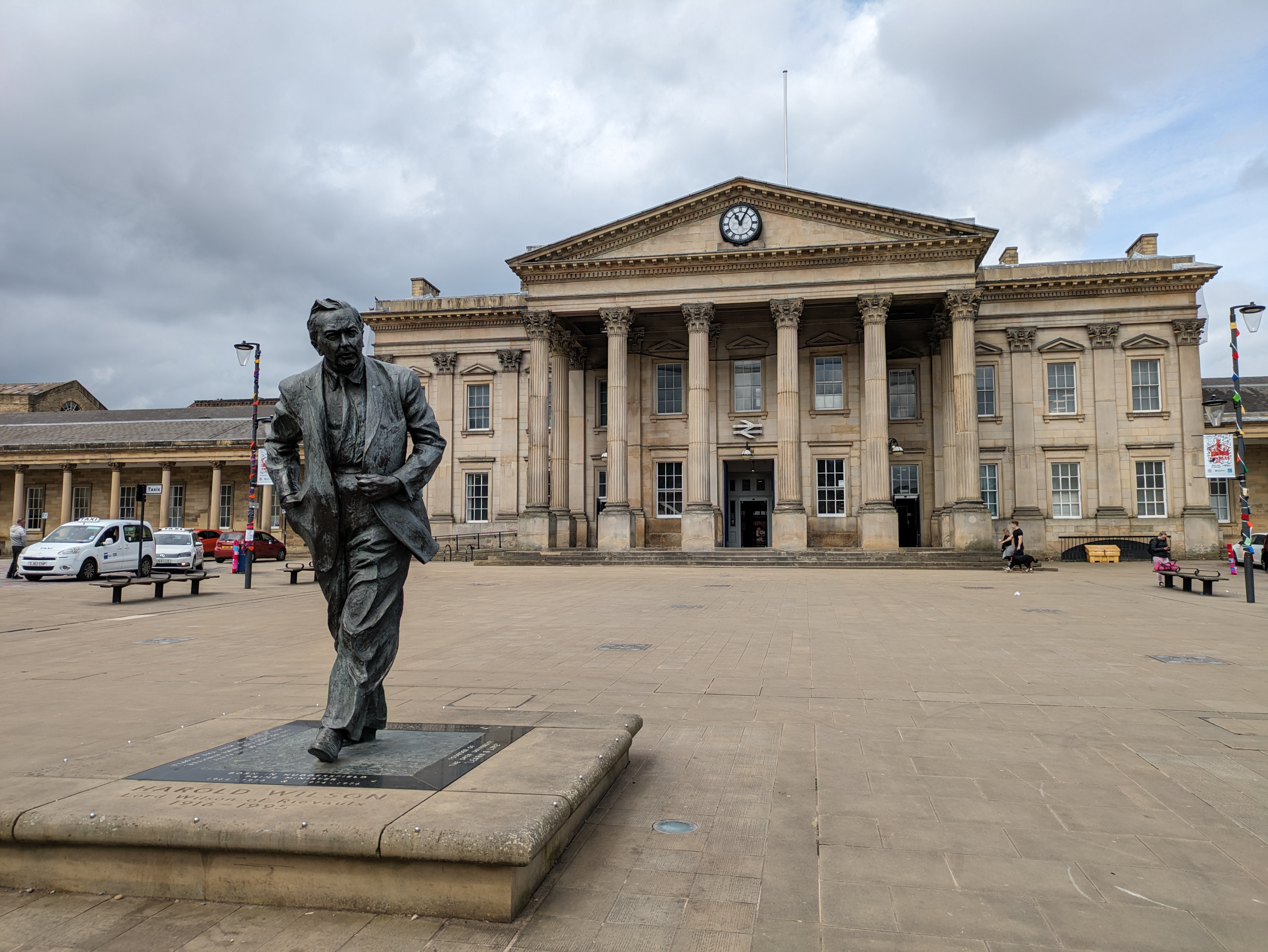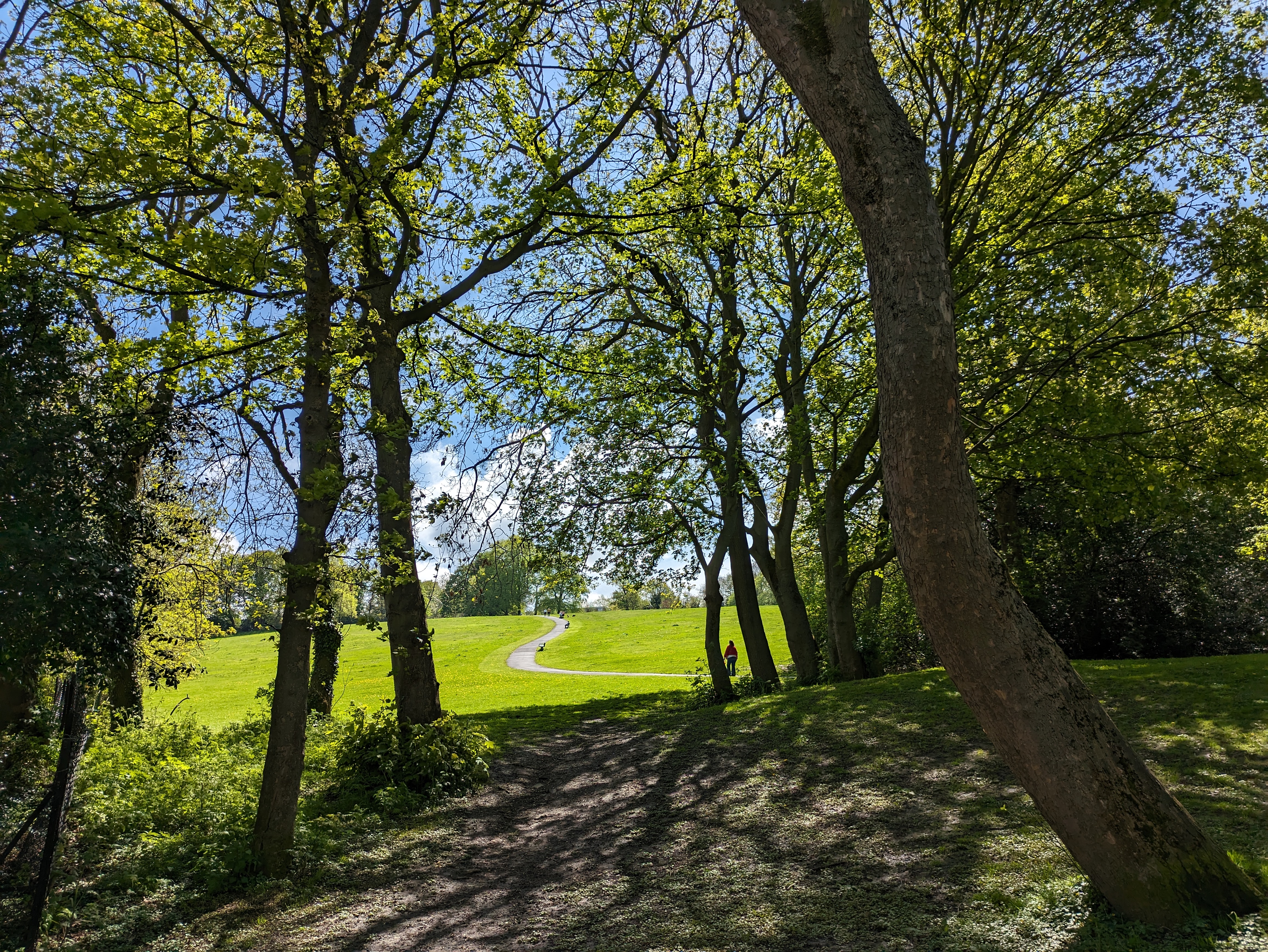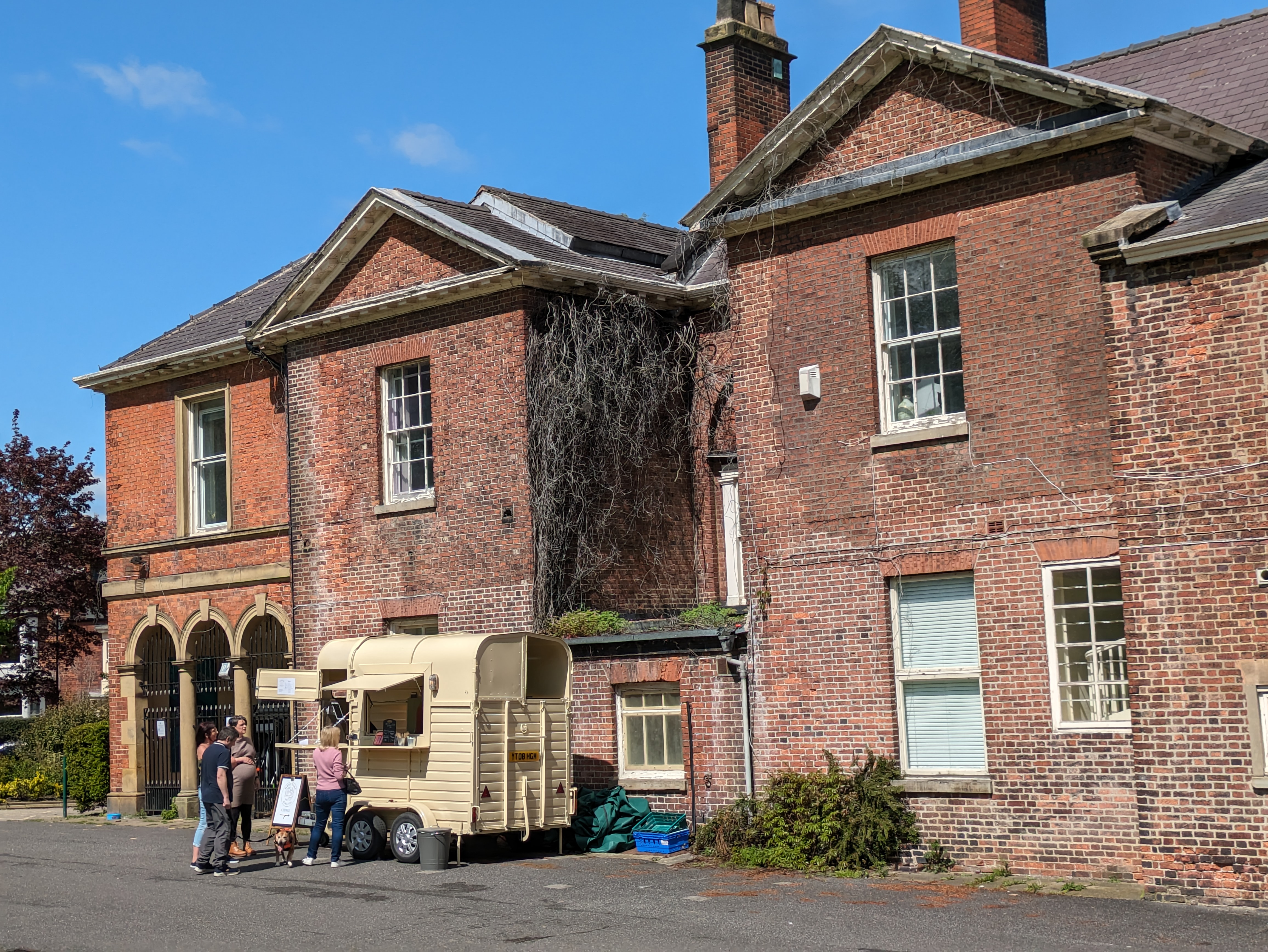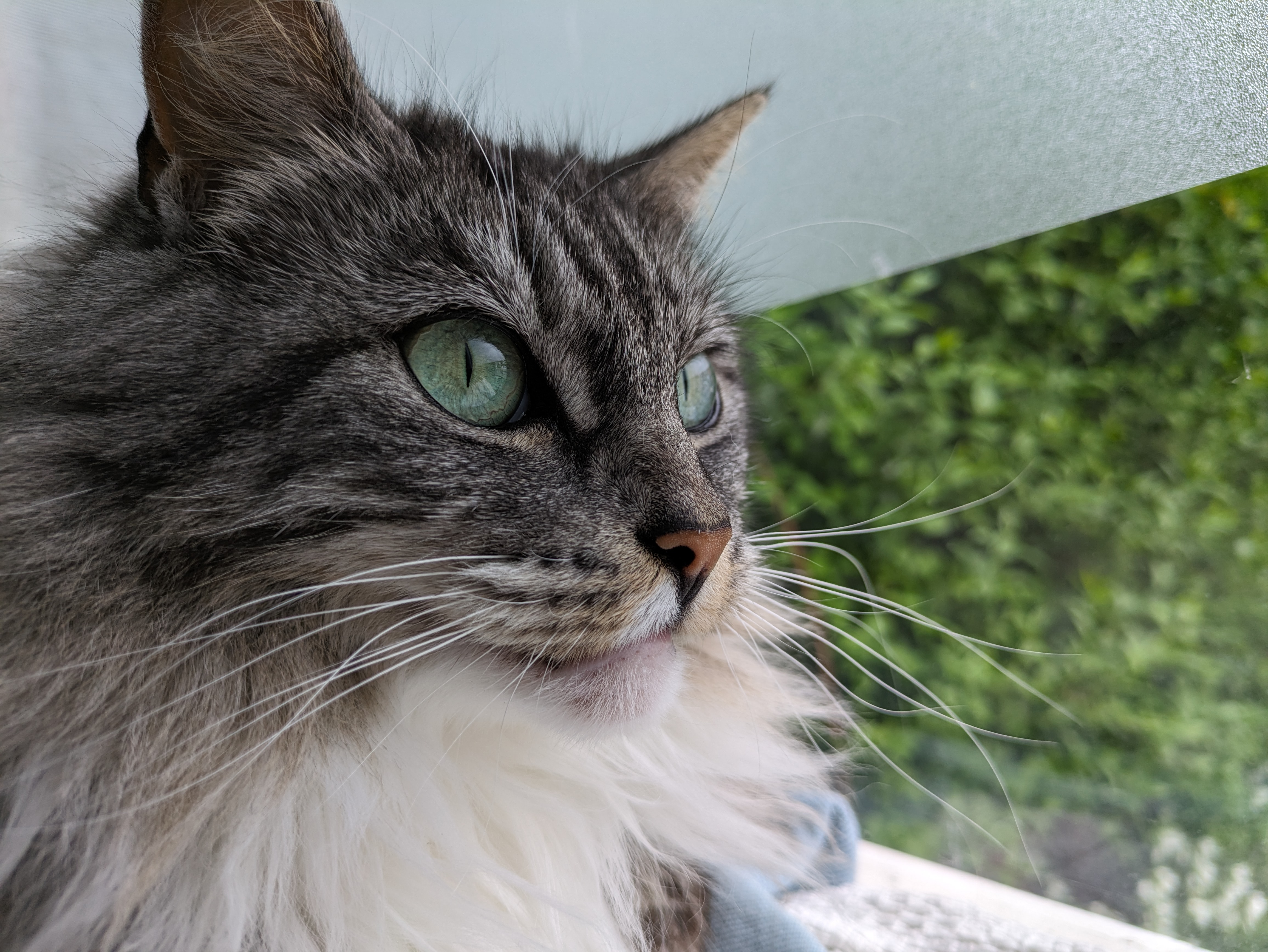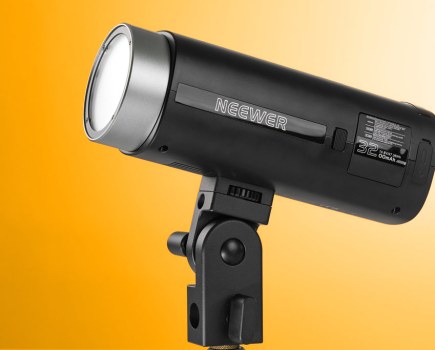Amateur Photographer verdict
Strongly recommended. Its high resolution images, with improved selfie camera and 4K video recording make the Google Pixel 7a perform better than more expensive alternatives.- Excellent photo quality and colour
- Improved front and rear cameras
- Adds motion photography modes
- 4K video from both front & rear cameras
- Relatively slow charging
- Slight price increase
The Google Pixel 7a was a mid-year update to the entry-level model in the range, and included a number of updates to benefit photographers. With an updated main camera, and the addition of the motion modes found on the 7 and 7 Pro, could this be the best budget phone? Find out in our full review.
Goodle Pixel 7a at a glance:
- 64MP wide-angle, f/1.9, 25mm equivalent, (83°), OIS, 4K 60p
- 13MP ultra-wide, f/2.2, 14mm equivalent, (120°), 4K 30p
- 13MP selfie camera, f/2.2, 21mm equivalent, 4K 30p, face unlock
- 6.1inch FullHD OLED, upto 90Hz, screen
- Battery: 4385mAh (18W charging, 7.5W wireless)
- Operating system and processor: Android 13/14, Titan M2 processor
- Size and weight: 152.4 x 72.9 x 9.0mm, 193g (IP67 rating)
- 8GB RAM, 128GB storage
- $340 / £300 SIM-free
Hardware, design and features
We review smartphones from the perspective of choosing one for it’s photography and camera performance. That is our primary focus in reviewing the Google Pixel 7a; its cameras and features for photography and video.
The design of the Google Pixel 7a should look familiar to anyone who’s seen other Pixel phones, with the now standard visor bar across the back housing the dual camera unit. The Pixel 7a stepped up the quality in both styling and feel compared to the 6a.
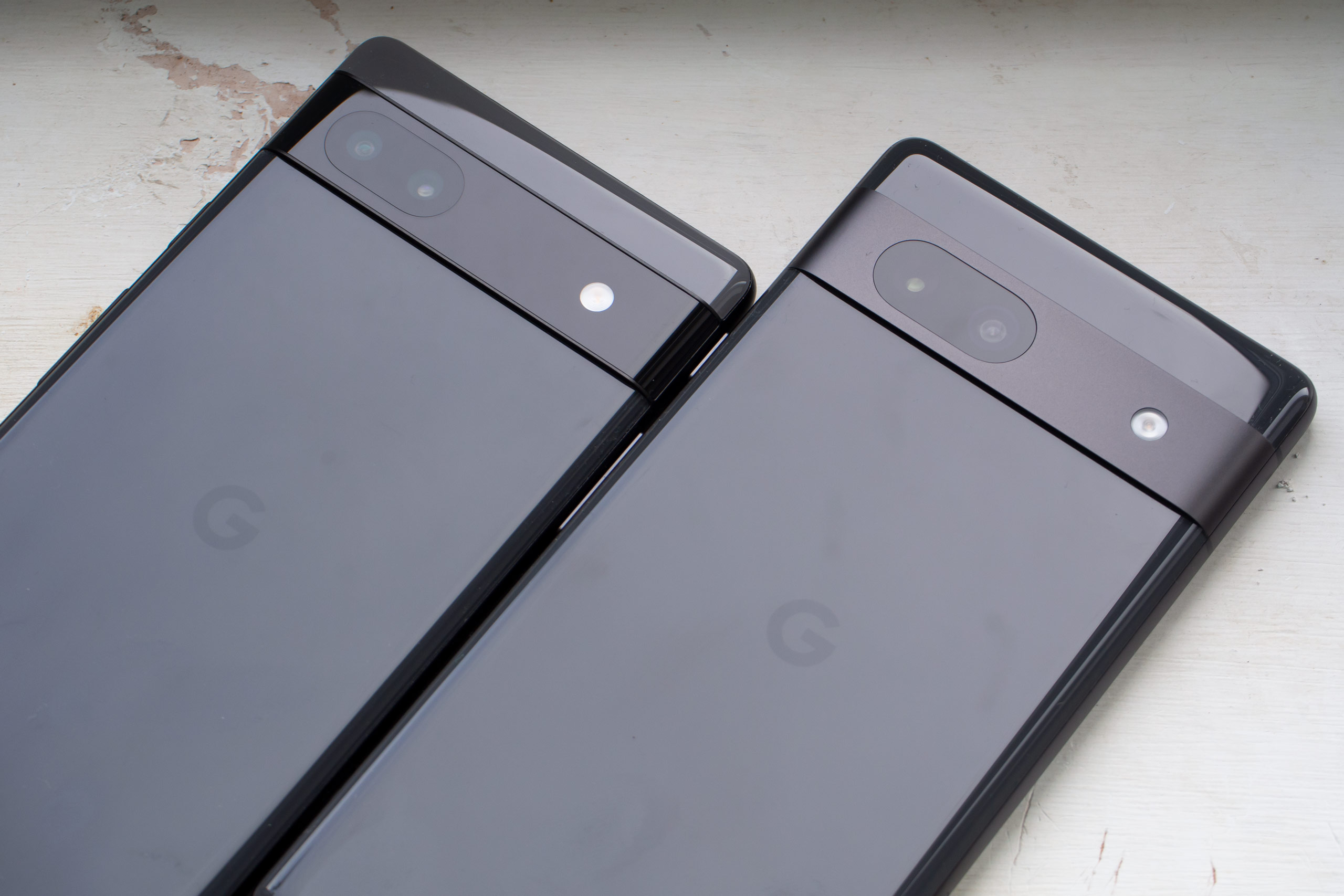
However, a number of improvements were made to this smartphone. At first glance these seem relatively minor, but they make noticeable differences which make this smartphone stand out; particularly at under $500 / £500. In fact, its dual-camera setup is largely unchanged in the more recent Pixel 8a, bar the AI.
The rear cameras were both updated from the Pixel 6a, and similarly the selfie camera upgraded to a 13MP camera, now with 4K video, rather than FullHD video on the 6a.
The two rear cameras are made up of a 64MP f/1.9 main camera with OIS, with a wider view at 25mm equivalent, and 16MP pixel-binned images. The ultra-wide-angle camera is a 13MP f/2.2 camera with a 14mm equivalent. Both support 4K video, with the main camera offering up to 60fps.
The 64MP main camera gives 16MP pixel-binned images: a higher resolution than offered by the Pixel 7 Pro, although of course, there is no telephoto camera. Instead, the Pixel 7a has to rely on digital zoom, or Super Res Zoom, like the Pixel 7. By default this gives a 2x option, but you can pinch the screen to zoom right up to 8x.

Long exposure is included, for the first time in the a series, as found on the 7 and 7 Pro, which is useful for waterfalls, light trails, crowds etc. However, unlike other smartphones where the button can be held for as long as you want, on the Pixel 7a (and other Pixels) that length of time is controlled entirely by the phone, so at times the exposure can be shorter than desired.
Real Tone is included, and this is an AI system that has been trained with over 10,000 portraits of people of colour, so that the camera can give improved auto white balance. This ensures that people of colour, especially those of darker skin tones, are rendered authentically.
Night Sight is said to be improved, as with low-light performance, and is also designed to be quicker than before. You can adjust the length of time for a longer exposure, and higher quality.
Magic eraser is available, and can be found when viewing photos back in the photo gallery. Go into the editing options to find this feature.
Photo Unblur is designed to unblur any blurry photo – and works with new photos as well as any old ones in your photo library. It’s also designed to work with faces.
The battery is designed to give at least 24 hours of operation, and this can be extended with extreme battery saver. The battery is a 4385mAh unit, which is fairly generous. However, the relatively slow charging at 18W is poor compared to many other smartphones. Wireless charging is supported, thankfully.
The camera app
The Pixel 7a camera app is a rather simplistic affair, with options to switch between the cameras, as well as switch to a 2x zoom mode. Like other Pixel smartphones, there is no pro or expert mode, meaning you won’t find full manual controls on this phone.
However, that’s not to say that you can’t achieve quite a few different things with the right situation. For example, in the Night Sight mode you can adjust this from 3s to 6s. When the phone detects a stable base, it can extend this even further; up to a 4 minute exposure is possible, making it suitable for astrophotography.
Regarding manual controls, the phone does let you adjust the white balance as well as the exposure, and in advanced options you can enable RAW+JPEG shooting. Beyond this you’re fairly limited.
Performance and image quality
The main 64MP wide-angle camera gives impressive results – and is surprisingly capable of close-up photography, such as food photography, with little effort.

Colour reproduction is very pleasing, with great results straight away. Images also appear to be consistent, from shot to shot, as well as between the different cameras on the phone.
Dynamic range, and HDR is handled automatically, and the camera can cope very well with scenes with high levels of contrast.
There are times when images can look very saturated, but generally they give a realistic representation of the conditions. You also get 16MP images, thanks to the pixel-binned images from the 64MP sensor, giving it an edge in resolution over other smartphones, which tend to give 12-12.5MP images.

The 13MP ultra-wide-angle camera gives very good results, with quite low levels of noise, and very good colour reproduction. Distortion is fairly well controlled, although does become apparent in some circumstances, depending on what you’re photographing.
Digital zoom is available as a 2x option, using Super Resolution Zoom, and can give good results. They look good on screen, but can be lacking in detail, especially compared to actual 2x optical zoom cameras.
You can zoom further by pinching, but again, there is no real match for a telephoto camera. If you need to go much beyond 2x zoom, then the Google Pixel 7 Pro or another smartphone is needed.
Whilst the camera doesn’t specifically talk about “Macro shooting”, the close-up focus of the main camera is good enough for close-up shots of food, pets and other small objects. Using the 2x option, you can take frame-filling close-up photos of objects as small at Hot Wheels cars.
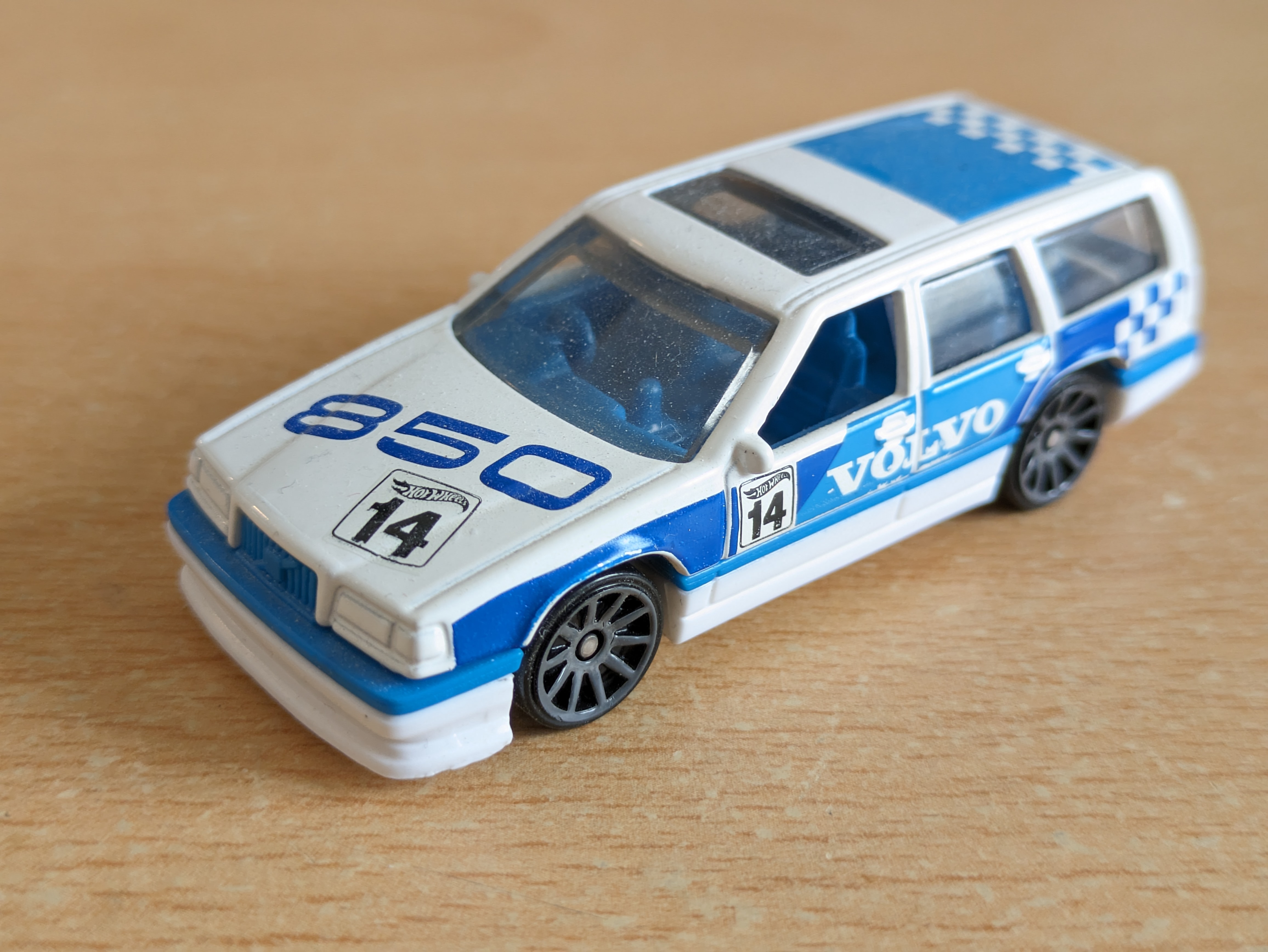
The selfie camera is a 13MP unit, with fixed focus, and portrait mode available. This automatically blurs the background, and does a relatively good job of cutting out the subject, without making too much mess of the hair.

This performs best in good light, with lower detail shown in low-light shots. As fixed focus you’ll need to be at optimum distance from the camera for the sharpest results – too close and your face will be blurred.
Video recording gives you options for 4K at 60fps from the main camera, or 4K 30fps when using the selfie camera. There are slow motion and time lapse options, as well as a range of video stabilisation options, including standard, locked, active and cinematic pan. For those interested in recording voices, there is a “Speech enhancement” option designed to improve audio when recording in busy environments.
Value for Money
The Google Pixel 7a is available for around $300 / £300, making it competitively priced with other sub-$500 smartphones, such as the Nothing Phone 1, and even gives the Google Pixel 7 a run for it’s money, with a higher resolution main camera, and higher resolution selfie camera.
With the Google Pixel 7a offering such a competent and well-rounded camera system, it really does make you wonder if you need to spend more than $500/£450 for a smartphone. When you can get the Google Pixel 7a that performs this well, do you really need to spend double this price for a flagship camera phone? This will depend on your other demands of a smartphone.
Google Pixel 7a: Verdict
Google once again proves that you don’t need to spend big money to get an excellent smartphone, and whilst it’s a shame this phone isn’t the same RRP as the Pixel 6a was, the slight increase in price seems well worth it.
The Pixel 7a gives you two rear cameras that perform very well. The main camera gives a higher resolution final image than many other phones, a great ultra-wide-angle camera, and a much-improved selfie camera. That the selfie camera offers 4K video recording is impressive – especially since some smartphones that cost double the price do not.
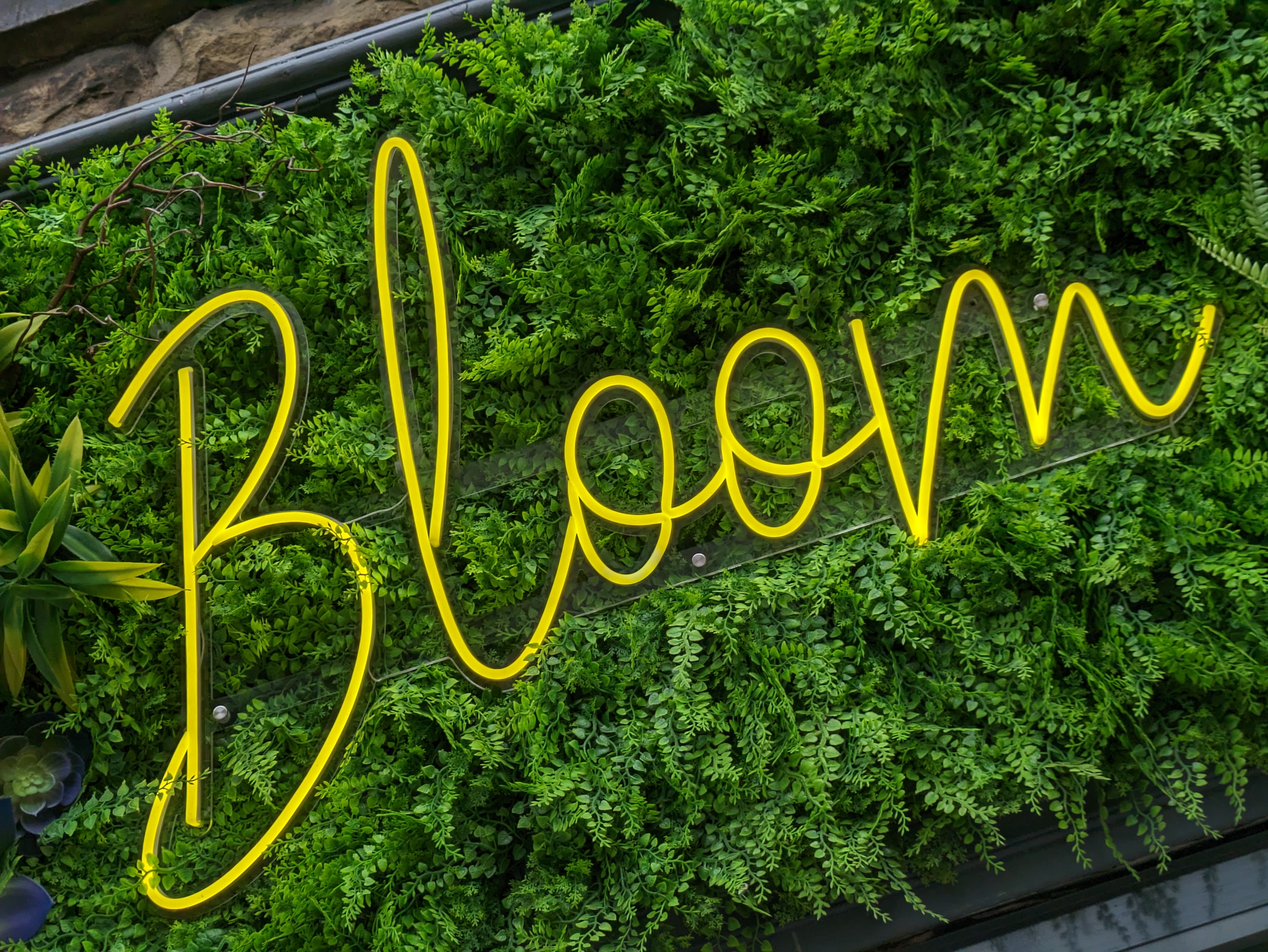
There’s even a good level of close-up performance from this phone, and even without a dedicated macro mode, we were impressed by the results it offered; close-up photos showed plenty of detail. Whilst you don’t get a pro or expert mode, you do get a whole host of useful photography features, including motion blur (for creative waterfall shots and more), night mode, magic eraser, plus portrait modes that make you look great.
Sure, the phone lacks a dedicated telephoto camera, but for the occasional 2x photo, then the Pixel 7a can produce decent results. There is no other phone I’d recommend at this price point, and therefore the Google Pixel 7a comes highly endorsed.

See more options in our guide to the best budget camera phones, or for those with more cash to splash, have a look at our best camera phones for photography.
Read more:
- Google Pixel 6 review – the best camera phone at this price?
- Google Pixel 6a review: the best budget phone?
- iPhone 14 Pro vs Google Pixel 7 Pro – cameras compared
Follow AP on Facebook, Twitter, Instagram, YouTube and TikTok.


